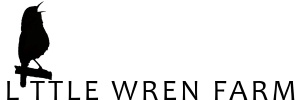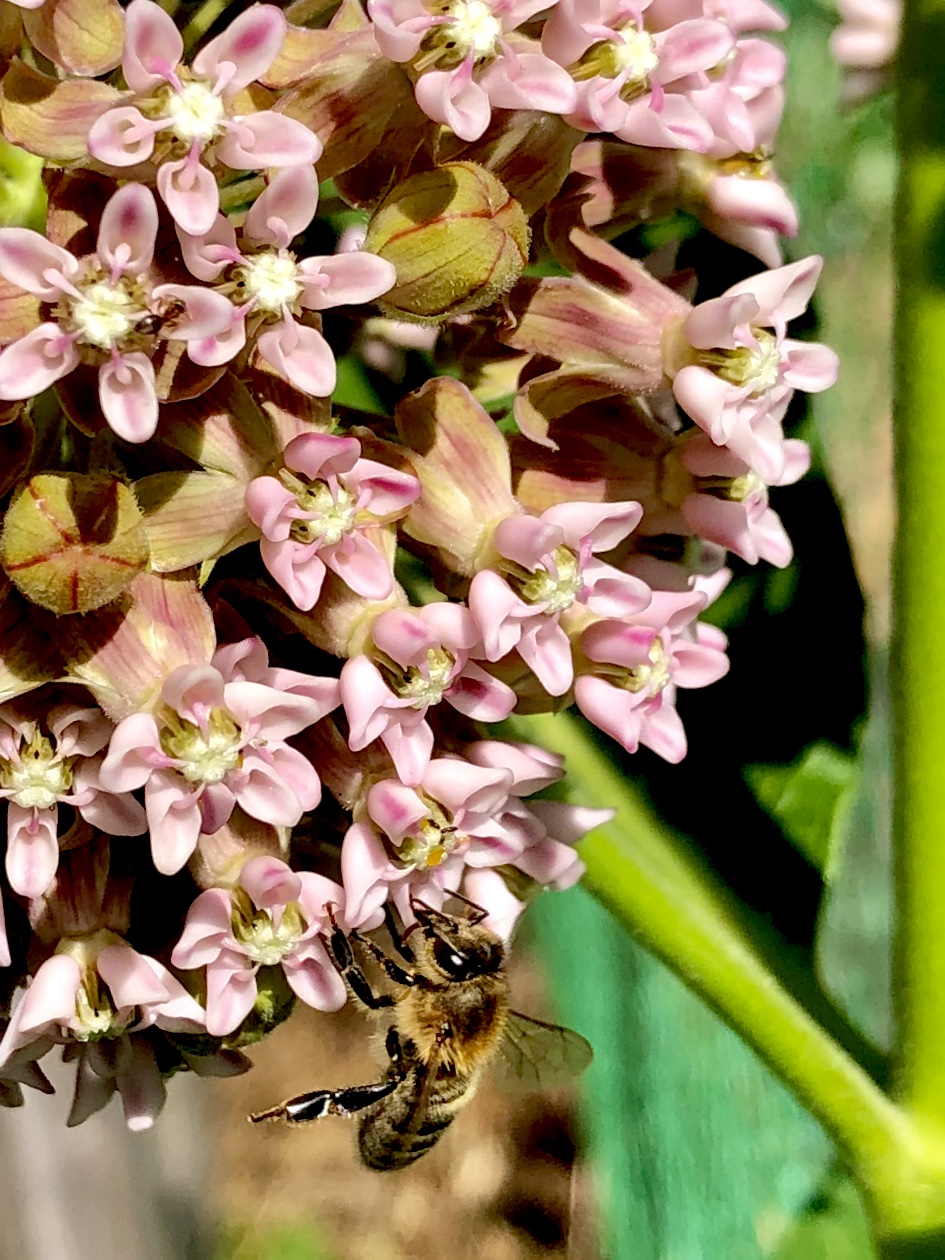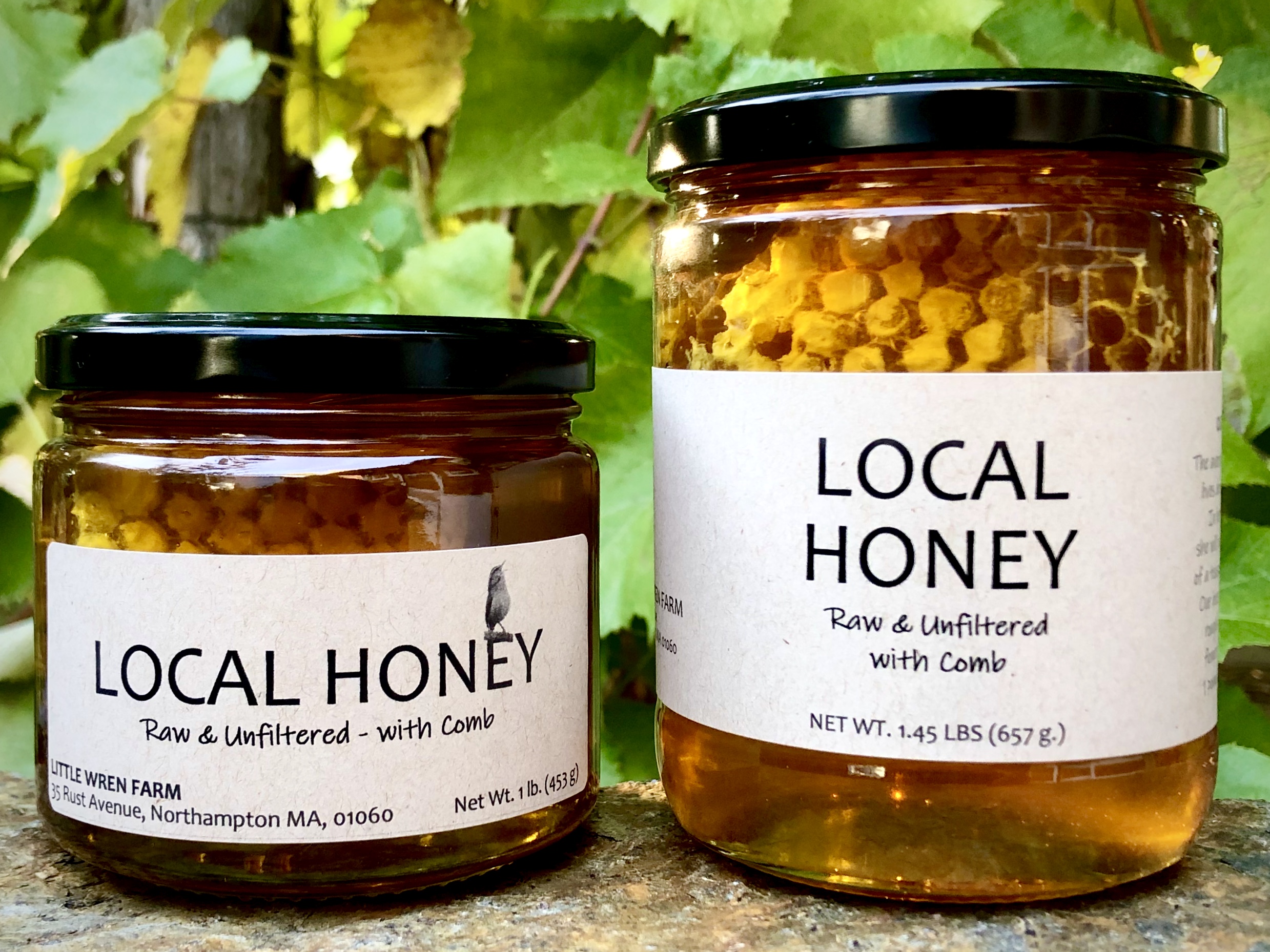This page provides links to just a few of the great resources that are available addressing honey bees and honey. The resources on this page are just the barest tip of a fascinating iceberg. Enjoy! (Alternately, if you’d like to learn more about Little Wren Farm, visit the About Us page.)
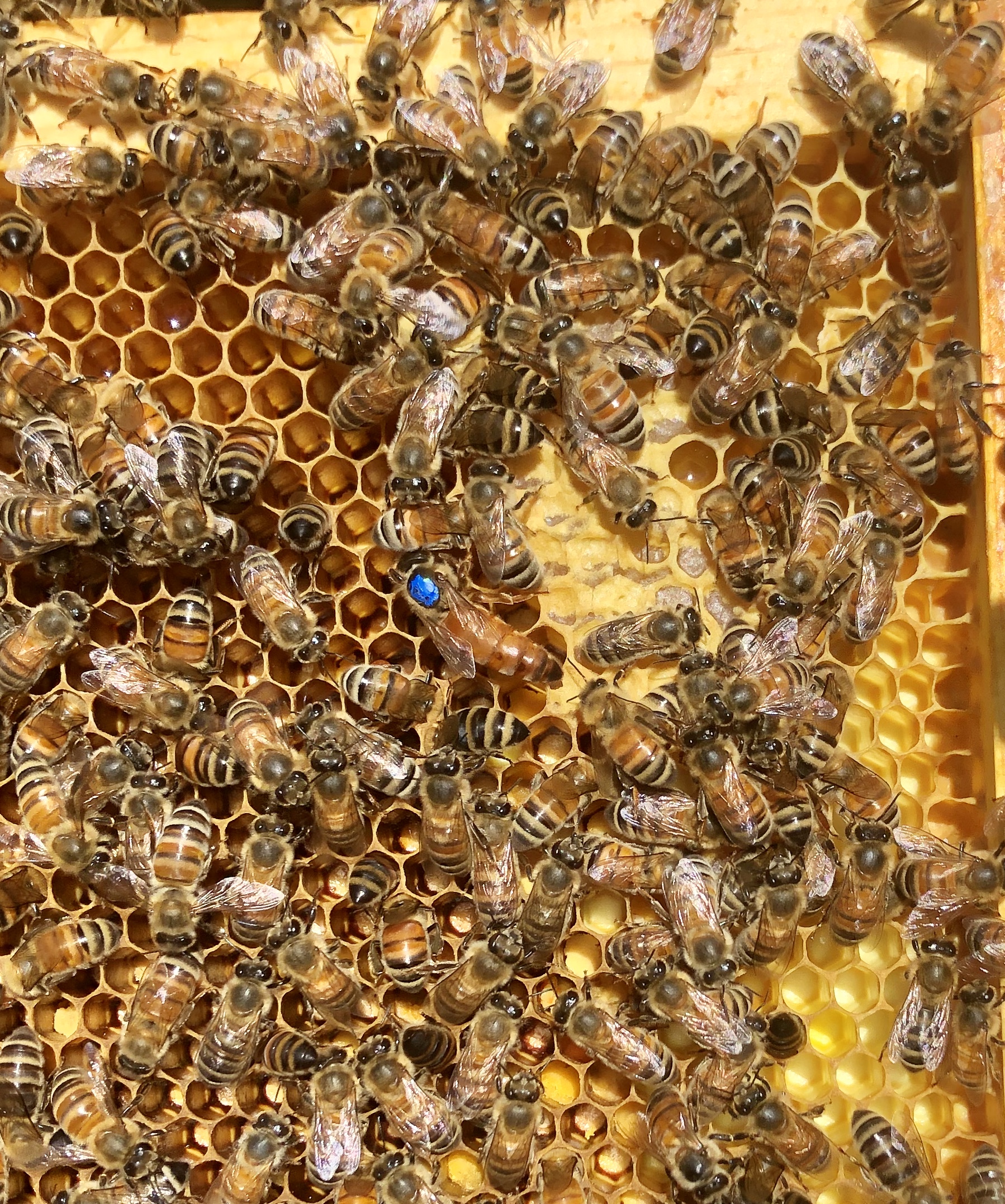
General Information About Beekeeping
For a really enjoyable compendium of all sorts of information related to honey bees and beekeeping, check out master beekeeper Rusty Burlew’s Honey Bee Suite. Rusty’s website provides a wide range of easily accessible information about honey bees, beekeeping, honey, pollinators, and pollination ecology. Have a question about beekeeping? Rusty’s website likely has an answer or least a well-reasoned opinion born of her experience and expertise.
If you’re a beekeeper that wants to dig deeper into the science, then we’d definitely recommend you spend some time over at Randy Oliver’s site, Scientific Beekeeping. Randy has been a beekeeper for decades and has degrees in biological sciences, specializing in entomology. Randy conducts independent research in his own bee yards and shares his findings with the rest of us. If you can, while you’re on his site, make a donation to support the research he is conducting.
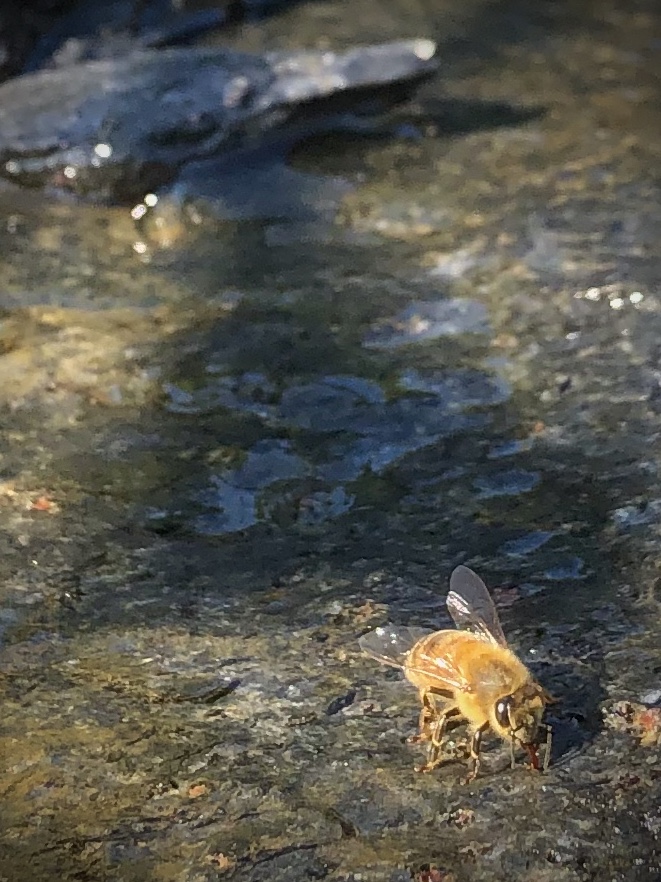
Honey Bee health
For general information and resources related to honey bee health, including hive management information for beekeepers, you might check out the Honey Bee Health Coalition.
Pollinators, including honey bees, play a critical role in our food production system. Both native pollinators and honey bees have been in decline in recent decades. You may have heard of Varroa destructor, a small mite responsible for a whole lot of trouble for honey bees. If you’re new to varroa, check out Dr. Samuel Ramsey’s brief and engaging 2017 explanation of the dissertation work he accomplished to understand how the varroa mite parasitizes the honey bee.
Many other pollinators, including our diverse and important native pollinators, are also experiencing significant impacts and decline. To learn more about our native pollinators and how we can support them, you could spend some time exploring the resources provided by the Pollinator Partnership or the Xerces Society for Invertebrate Conservation.
Health Benefits of Honey
Honey and other honey bee products have been used medicinally for centuries. Here’s a brief summary from the Mayo Clinic outlining some of what’s known about honey, including the evidence related to use of honey for a number of specific conditions. A 2009 article in the peer reviewed Journal of the American College of Nutrition summarized the components of honey and the positive nutritional and health benefits of honey, and a 2007 article in the peer reviewed journal, Oxidative Medicine and Cellular Longevity, provides a review the biological actions and health benefits of honey, propolis, and royal jelly on different metabolic diseases, cancers, and other diseases and conditions.
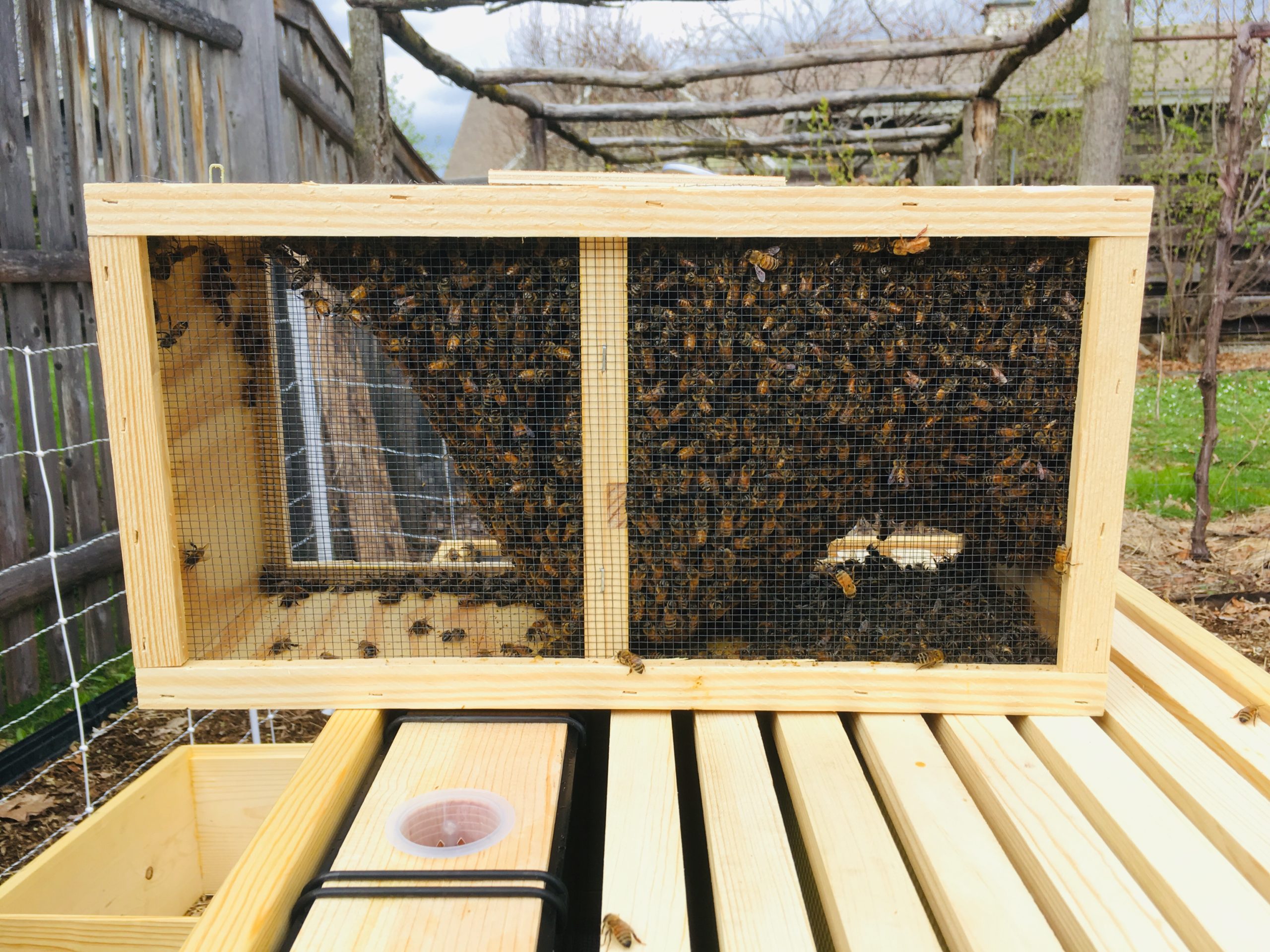
Beekeeper Organizations
Join your local beekeeper organization! Here in Massachusetts, we have the Massachusetts Beekeepers Association as well as many great county-level organizations. If you’re located in Massachusetts, you can find your county organization on the Massachusetts Beekeeper’s Association website.
In Massachusetts, we also have the fabulous Apiary Program of the Massachusetts Department of Agricultural Resources (MDAR) which functions both as a regulatory authority and provides great educational outreach and resources for beekeepers and those interested in honey bees.

Books & Journals
The available literature is too extensive to cover here, but we’d love to recommend a few resources that we’ve enjoyed. (And, if you’re going to buy a book, please purchase it from your local bookstore!)
If you’re a new beekeeper, The Beekeepers Handbook (Sammataro and Avitabile) is a wonderful resource.
Think you might be fascinated by honey bees? Do yourself a favor and read any of Thomas Seeley’s books (Honeybee Democracy is a great place to start).
You might also consider subscribing to the American Bee Journal.
*Sources for the honey bee facts provided at the top of this page include the USDA and NASA’s HoneyBeeNet.
